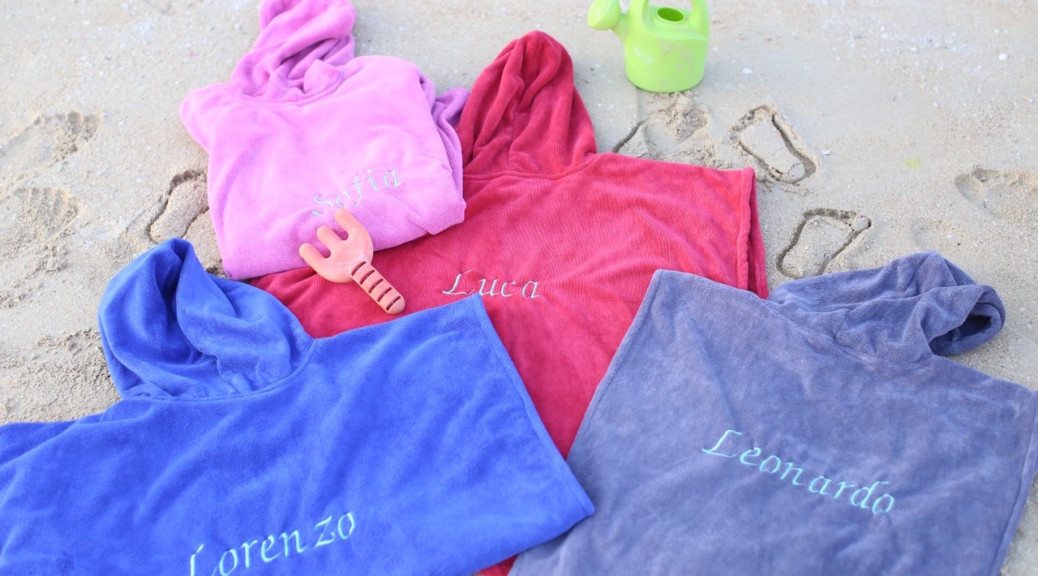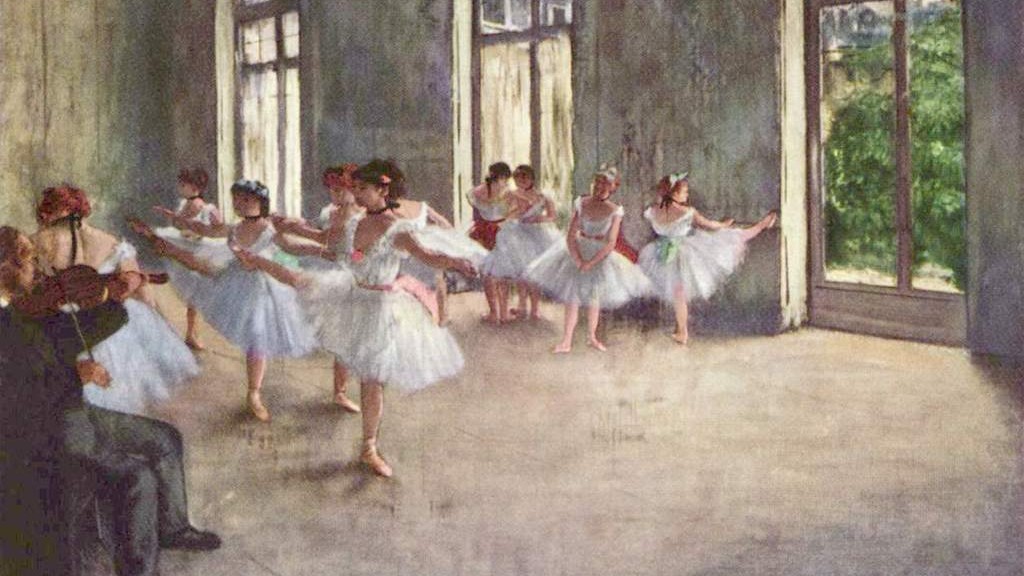
Tag Archives: Big on Children


Christmas presents for girls

Exclusive Interview | Hanne Ripsaluoma and Terhi Pinnington, founders of Omasi talk to us about motherhood and running their own business in Dubai
Hanne Ripsaluoma and Terhi Pinnington, founded their Dubai business, Omasi together. They make these personalised towels for children and their parents, and it has been hugely popular with the surfing community in Dubai. Hanne, is a mum of two boys who are 6 years and 2 years, and moved to Dubai 8 years ago from London with her husband. She was a high powered executive herself before the call of family life, and has since created this enterprise with good fellow Finnish friend, Terhi. Terhi and her Australian husband moved from Spain to Dubai back in 2003 in search of sunshine and a warmer climate. They have two children who are 5 years and 4 years old. We talk to both Hanne and Terhi about Omasia and motherhood in Dubai.
What inspired you to create Omasi?
Hanne: The dream of being your own boss and aspiring to create something that I can be passionate about.
Terhi: I’ve always wanted to start my own company. I loved the idea of being in charge of my own work schedule and creating my own products. The idea became reality as there was a gap in the market for quality, personalised and affordable beach products.
Who are your main clientele who buy Omasi?
Hanne + Terhi: Our clients are a mix of mothers of small babies and school children, brides to be, corporates, sailing enthusiasts, yoga lovers, tourists, surfers…
Where can we purchase Omasi towels? What are the costs of these towels and does it include the embroidery?
Hanne +Terhi: You can order the towels through our website www.omasi.ae or on www.littlemajlis.com/Omasi or from any of the retail outlets that are listed on our website.
The beach ponchos start from AED 140 (small), beach bags from AED 180, bath towels from AED 150 and beach towels from AED 220 when ordering through us. Embroidery is always included in the price.
We design bespoke sets for occasions such as weddings or for corporate gifts and for those the prices depend on quantity and design.
Being career girls, how hard was it to choose between being a full-time mum and returning back to your old careers?
Hanne: For me it took until the second pregnancy to be able to leave the world of telecoms and although I loved being a full-time mum I always had the dream of starting my own business … and soon after the idea of Omasi was born.
Terhi: I went back to work when my youngest was 2 years old. I did enjoy the corporate world, but soon after Omasi was born, I just didn’t have enough hours in the day anymore. I found it challenging dividing my time in between a full-time job, Omasi and my family so I recently resigned from my job, the decision was easy.
You chose British systems for your children’s education? Can you tell us which school you chose and why? Please list three good things about your schools.
Hanne: My son goes to Kings’ Dubai which we chose because of its reputation and the familiar feeling of a relatively small school. We think the good things about Kings’ Dubai includes great teachers, a friendly atmosphere and keeping a good balance between fun and challenging the children.
Terhi: My children are attending JESS Jumeirah and both of them love going there. It is a non-profit school, they have a fantastic teachers and facilities and also the proximity of the school from our house is a big bonus.
Which nursery did you choose for your children and why? How important is the nursery’s reputation for education vs nursery’s location for you?
Hanne: My younger son goes to Willow Children’s Nursery which we just love. In addition to reputation and location for me it was really important to get a really nice overall feeling of the nursery the moment I walked through the gate and I got that at Willow.
Terhi: Our children attended Kids Cottage Nursery, Willow’s sister nursery in Jumeirah 3. We loved the small, cozy set up and the welcoming feel of the nursery.
Location wasn’t the deciding factor, but the small class sizes, reputation for education and the comfortable, cosy feel of the nursery.
Favourite date night in Dubai.
Hanne: My husband and I met in London so we like going for dinners in the same restaurants we used to go to there, like Gaucho Grill, The Ivy, Nobu…
Terhi: Dubai is a full of gorgeous restaurants. We like to go for a midweek dinners combined with occasional theater shows or comic nights.
Favourite holiday destination for the family.
Hanne: We love travelling back to our home countries Finland and Chile but for a true holiday elsewhere we love Bali for its beaches, food and culture.
Terhi: We are usually dividing our holidays in between Finland and Australia, but as my husband and son love surfing, we like to squeeze in an occasional long weekend/beach holiday to Sri Lanka or Oman.
Favourite weekend activity in Dubai with your families.
Hanne: Entertaining friends and their children at our place.
Terhi: We are a big beach lovers so we go the beach every weekend and love to host barbeques for our friends and their families at our villa.
Visit Omasi or Little Majlis
Hanne Ripsaluoma/ Terhi Pinnington
Email: dubai@omasi.ae
Phone: 050 152 5889 / 050 843 2088

Adventures in Art with Children: tell stories…but just a few | Sarah Palferman | Minerva London | Part 2
Sarah Palferman shares with us another feature on why art exhibitions are brilliant for young minds. Sarah has the gift to harness our children’s sponge-like minds to absorb and learn about art in the most interesting of ways. I cannot wait to take my children to London to expose them next summer to the galleries with Sarah.
“I never teach my pupils. I only attempt to provide the conditions in which they can learn” – Albert Einstein.
There are more than 850 art galleries in London. The city’s wealth of culture might, therefore, rather easily overwhelm even those of us who schedule furtive ‘gallery time’ into the working week. This is particularly true if you are a child and the very word “gallery” might render you instantly fatigued.
It has been argued that art exhibitions are no places for children and, while anyone whose contemplation of a sublimely silent Dutch interior has been shattered by the noisy protestations of young visitors being dragged round London’s National Gallery might agree, I do not.
Those noisy protestations are unnecessary. Done the right way, it is perfectly possible to engage young people with art so that their curiosities are sparked, their wonderfully sponge-like brains are stimulated … and they have fun!
Human beings are hardwired for stories. We have told them to each other since the dawn of time; we have written about them in literature from the Epic of Gilgamesh inscribed on clay tablets in ancient Sumer onwards; we depict them in music, theatre and dance; and we express them through visual art.
Behind so many canvases and sculptures lining the walls of London’s galleries lurk fascinating stories waiting to be discovered: scenes of scandal, war, revenge, love; canvases with their own tales of tragedy and fables of forgery; art that might or might not even qualify as art.
It is hard, for example, not to be moved by Waterhouse’s symbol-sprinkled and gorgeous depiction of the ill-fated Lady of Shalott, frozen in Tate Britain moments from her demise. The power of this tale to enthral is evident in the layers of inspiration from Arthurian legend through Tennyson’s poetry to Waterhouse’s paintbrush.
The National Gallery is heaving with portrayals of myth: Daphne mid-transformation into a laurel tree as an arboreal escape from the attentions of Apollo; Bacchus mid-leap from his chariot, struck by a coup de foudre on discovering the abandoned Ariadne; the Rokeby Venus mid-languid gaze at the viewer and fully recovered from her attack with a meat cleaver at the hands of a suffragette in 1914.
At the Courtauld Gallery skulks The Procuress, the subject of decades of speculation and revealed by clever modern investigative techniques to be the handiwork of a somewhat talented twentieth-century Dutch forger rather than of an early seventeenth-century painter of original creations, also Dutch.
Focusing on just a few pieces and exploring them together in depth is far better than parading children round vast rooms of great masterpieces and, even worse, telling them that these are ‘Great Masterpieces’. Research conducted in the USA 犀利士 over the past decade concluded that the study of the visual arts allows young people to explore ideas, realities and relationships that cannot be conveyed simply in words. Through visual stories, children can explore concepts beyond their own environments and appreciate alternative viewpoints. They are exposed to different cultural perspectives and social groups in entirely unthreatening circumstances. They can develop a sense of themselves in relation to others and the world they inhabit.
Captivating young imaginations with the stories behind art, and keeping each cultural encounter clearly focused so that repeat visits are begged, removes the danger of dissociation from artistic tradition that many children might experience. It endows them with a sense of wonder without the risk of paralysing awe, or even worse, scant interest. It allows them to see themselves as part of a cultural continuum, with the capacity to engage in a journey of discovery that will enrich their whole lives.
Sarah Palferman is a private tutor and educational advisor. She is the founder of Minerva London Ltd, offering tailored adventures in art and culture to young people in London.
To find out more, please visit
or email
